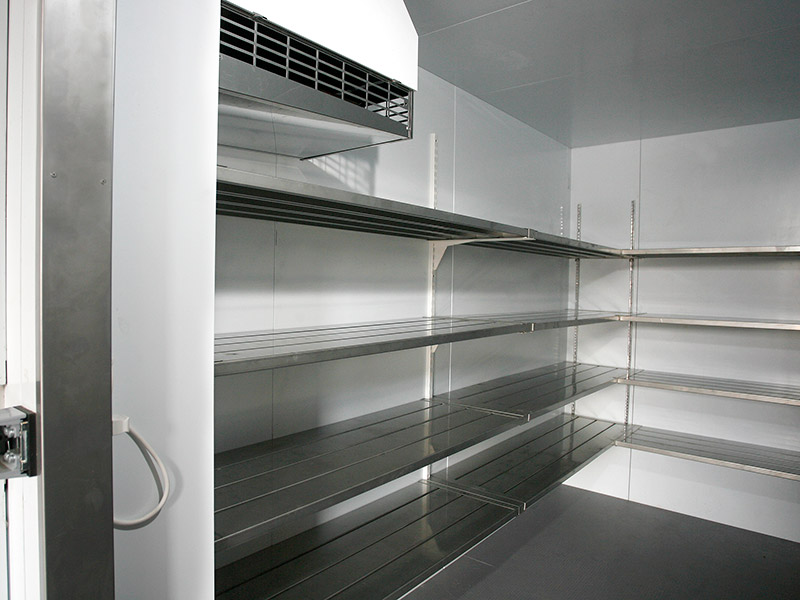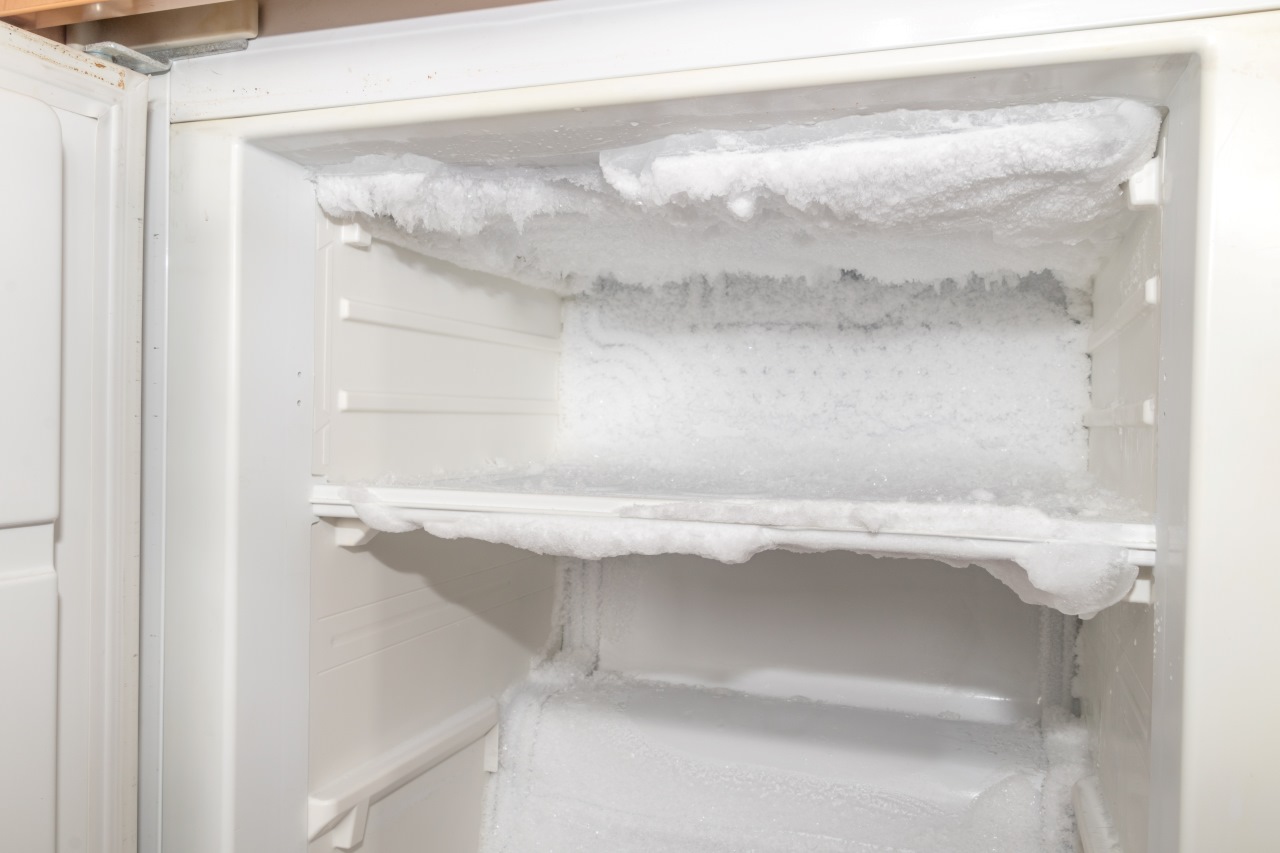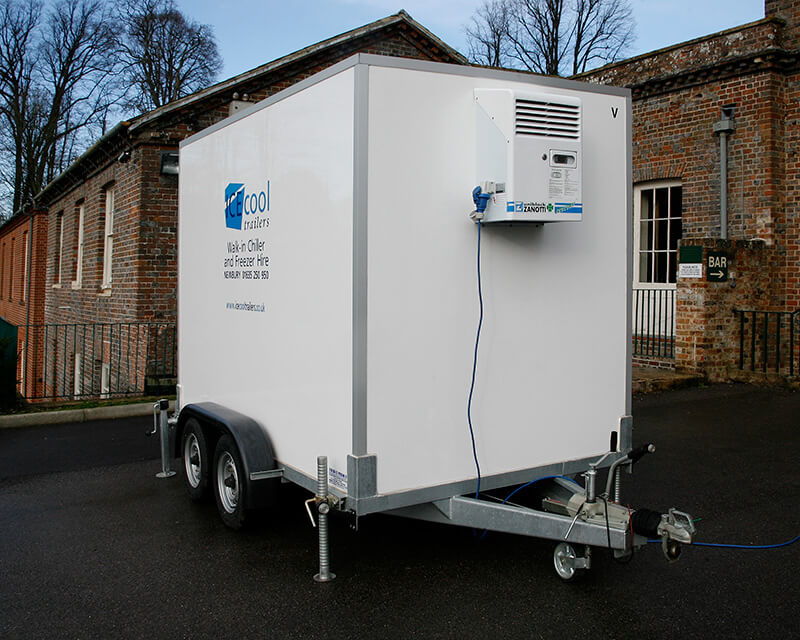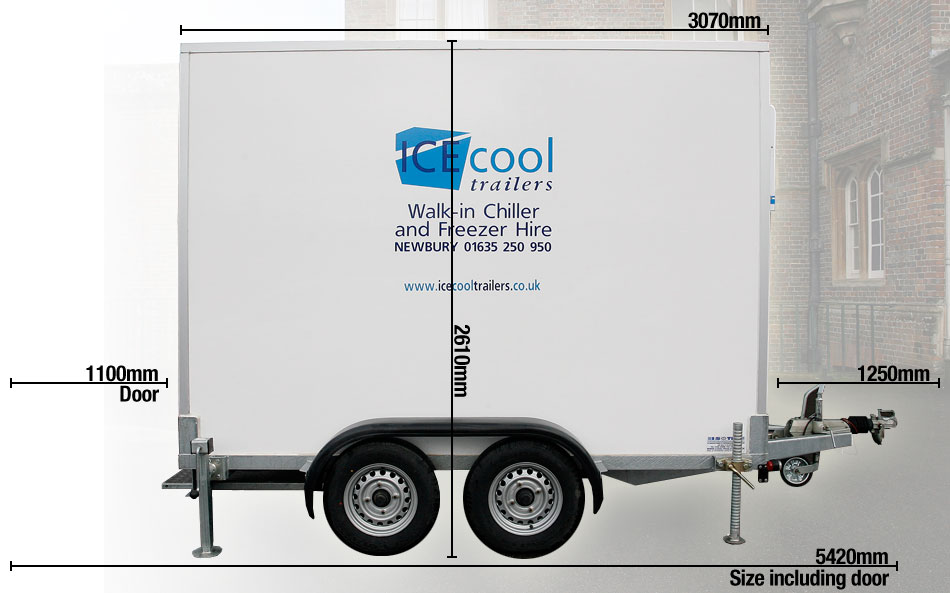What Causes Ice Buildup in a Walk-In Freezer?

If you've ever stepped into your walk-in freezer and found yourself greeted by unexpected ice formations, you're not alone! Many business owners face the same frosty issue - but understanding why your freezer is icing up is the first step to solving the problem and enhancing your freezer's performance. Let’s dive into the reasons behind ice buildup and explore some practical tips to keep your freezer running smoothly.
Understanding Ice Buildup in Walk-In Freezers
Ice buildup in a walk-in freezer isn't just a minor inconvenience; it can signify underlying issues that might compromise the efficiency of your freezer. So what causes ice build up? Essentially, ice forms when moisture in the air inside the freezer condenses and freezes on the colder surfaces, such as the walls, ceiling, and even the coils.
The key to managing ice buildup is to control the factors that contribute to excessive moisture and improper temperature management within the unit.
Common Causes of Ice Buildup
Temperature Fluctuations
Frequent or large temperature changes inside your walk-in freezer are one of the primary culprits for ice formation. When warm air enters the freezer, it collides with the cold internal environment, leading moisture to condense and freeze. This can happen if the freezer is frequently opened and closed or if it’s not properly calibrated to maintain a consistent temperature.
Poor Insulation
Good insulation helps maintain the desired temperatures within a freezer by minimising the exchange of heat through the walls and door. If your freezer's insulation is compromised - perhaps through wear and tear or inadequate installation - warm air can seep in, and cold air can leak out, both of which can lead to condensation and subsequent ice buildup.
Faulty Door Seals
If the door seals of your walk-in freezer are not airtight, warm air can infiltrate the cooler interior. Over time, this not only leads to ice formation but can also strain your freezer's cooling system as it works harder to maintain the temperature. Regular checks and replacements of worn seals can prevent such issues.
Overloading the Freezer
Stuffing your freezer beyond its capacity might seem like an efficient use of space, but it can end up restricting airflow inside the unit; this leads to uneven cooling and can cause ice to form in areas where airflow is limited. Properly organising the space can help promote better air circulation and reduce ice buildup.
Equipment Malfunctions
Sometimes, the problem comes down to the equipment itself; components such as fans, defrost heaters, and thermostats must function optimally to prevent ice buildup, so if these parts are faulty, they won’t be able to fully regulate the freezer's temperature or humidity levels correctly, leading to ice formation.
Effects of Ice Buildup

So, why is ice build-up a problem? Here are just a few reasons:
Reduced Cooling Efficiency
Ice buildup can act as an insulator on cooling coils, which impedes the freezer's ability to efficiently absorb heat from the interior. This means your freezer has to work harder, leading to reduced cooling efficiency.
Increased Energy Consumption
When your freezer works harder to compensate for efficiency losses caused by ice buildup, it uses more energy. This can significantly increase your electricity bills and impact your business's operational costs.
Risk of Food Contamination
Ice buildup can lead to uneven temperatures and compromised storage conditions. In severe cases, this might result in thawing and refreezing, which can increase the risk of food contamination and spoilage.
For more tips on maintaining your freezer and the proper thawing method for food, visit our detailed guide linked above.
Tips on How to Prevent Ice Buildup in Walk-In Freezers
Regular Maintenance
Conducting regular maintenance is essential: this includes checking and cleaning the evaporator coils, inspecting the fans for proper operation, and ensuring that the defrost cycle is functioning as it should.
Proper Loading Practices
Avoid overloading your freezer and organise the contents in a way that allows for optimal airflow - this helps maintain uniform temperature throughout the unit and prevents cold spots where ice can form.
Monitoring Temperature and Humidity Levels
Install a reliable thermometer and humidity gauge in your freezer to help monitor conditions that could lead to ice buildup. Keeping an eye on these can alert you to potential problems before they escalate.
Prompt Repairs
Address any issues with seals, insulation, or machinery promptly. Delaying repairs can not only lead to more severe ice buildup but also cause long-term damage to your freezer.
The Bottom Line
Ultimately, managing ice buildup in your walk-in freezer is an important part of your maintenance routine when it comes to ensuring functional efficiency and extending its lifespan. By understanding the causes and implementing effective preventative measures, you can ensure your freezer operates optimally.
If you're experiencing persistent issues with your freezer or are looking for upgrade options, consider exploring ourwalk-in freezer rental services in the UK. With professional solutions tailored to your needs, you can keep your operations running smoothly and efficiently.



